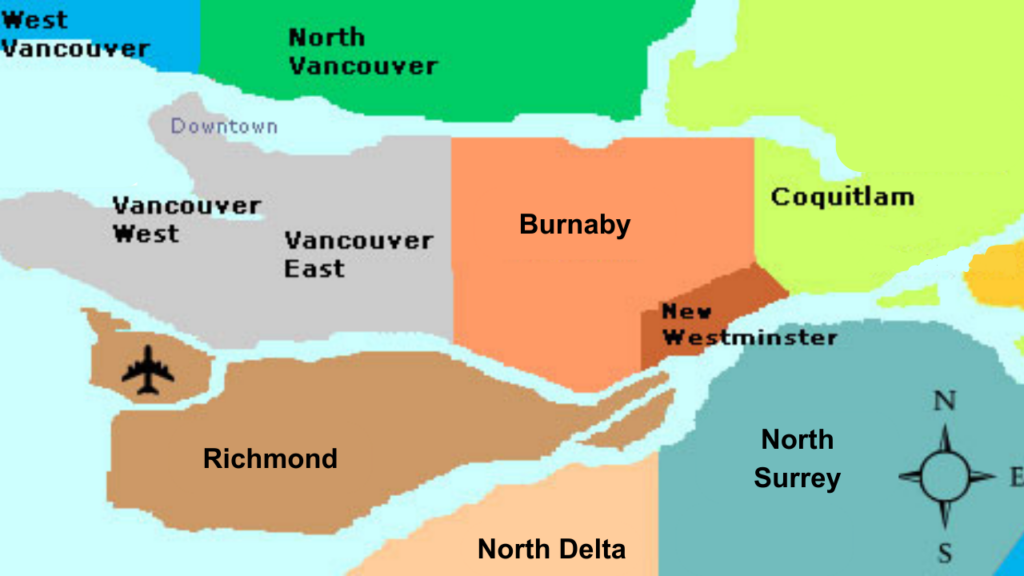Within the intricate realm of temporomandibular disorders (TMD), anterior disc displacement with and without reduction stands as a common finding. The pursuit of effective, evidence-based treatments has led researchers to explore physiotherapy modalities, specifically therapeutic exercise and manual therapy. This blog delves into seminal studies, dissecting their findings to illuminate the potential of physiotherapy in addressing the complexities of TMJ disc displacement (1).
In a randomized clinical trial conducted by Haketa et al. (2010), 52 individuals with anterior disc displacement without reduction underwent rigorous examination. The study compared therapeutic exercise against the conventional use of occlusal splints. Over 8 weeks, both interventions showcased significant improvements, but the exercise cohort notably outperformed in mouth-opening range. This outcome challenges established norms, suggesting that therapeutic exercise may offer a more productive avenue for enhancing jaw function compared to traditional occlusal splints (2).
Broadening our scope, the work of Stiesch-Scholz et al. (2002) delves into the longitudinal outcomes for a more extensive cohort of 72 patients. Divided into groups receiving combinations of occlusal splints, medical therapy, and physical therapy, the study sheds light on the collaborative potential of diverse therapeutic modalities. Notably, the group receiving supplementary medical therapy exhibited a statistically significant increase in maximum jaw opening. Beyond quantitative metrics, a higher percentage of pain-free patients emerged in groups combining splints with medical therapy, endorsing a multidisciplinary approach as a potential cornerstone in comprehensive TMJ care (3).
Expanding our understanding, a systematic review led by La Touche et al. (2020) analyses ten articles, focusing on critical outcomes such as pain intensity and maximum mouth opening. The synthesis of results resonates with support for therapeutic exercise and manual therapy, with a majority of interventions demonstrating statistically significant improvements. The prominence of exercise as a superior influencer on mouth opening compared to conventional splints challenges prevailing treatment paradigms, prompting a reconsideration of therapeutic strategies (4).
In the dynamic landscape of temporomandibular joint therapy, physiotherapy is a compelling avenue for those contending with disc displacement without reduction. The amalgamation of evidence from these studies paints a compelling narrative that advocates for the use of therapeutic exercise in combination with occlusal splints, and the integration of medical therapy into a more comprehensive treatment framework. As stakeholders in healthcare navigate this nuanced landscape, the imperative for ongoing research becomes evident. The heterogeneity of these studies underscores the need for a discerning interpretation of findings, recognizing that optimal TMD management lies in a tailored, evidence-based, and patient-centric strategy.
In this evolving landscape, the incorporation of innovative approaches like Provectus Plus Physiotherapy holds promise for redefining the contours of TMJ care. The integration of such cutting-edge techniques into established frameworks further underscores the commitment to advancing patient outcomes and elevating the standards of professional care in the realm of temporomandibular joint disorders.
References:
1. Young A. L. (2015). Internal derangements of the temporomandibular joint: A review of the anatomy, diagnosis, and management. Journal of Indian Prosthodontic Society, 15(1), 2–7.
2. Haketa T, Kino K, Sugisaki M, Takaoka M, Ohta T. Randomized Clinical Trial of Treatment for TMJ Disc Displacement. Journal of Dental Research. 2010;89(11):1259-1263.
3. Meike Stiesch-Scholz , Matthias Fink , Harald Tschernitschek & Albrecht Roßbach (2002) Medical and Physical Therapy of Temporomandibular Joint Disk Displacement without Reduction, CRANIO®, 20:2, 85-90.
4. Roy La Touche , Tania Boo-Mallo , Joseba Zarzosa-Rodríguez , Alba Paris-Alemany , Ferran Cuenca-Martínez & Luis Suso-Martí (2022) Manual therapy and exercise in temporomandibular joint disc displacement without reduction. A systematic review, CRANIO®, 40:5, 440-450.








